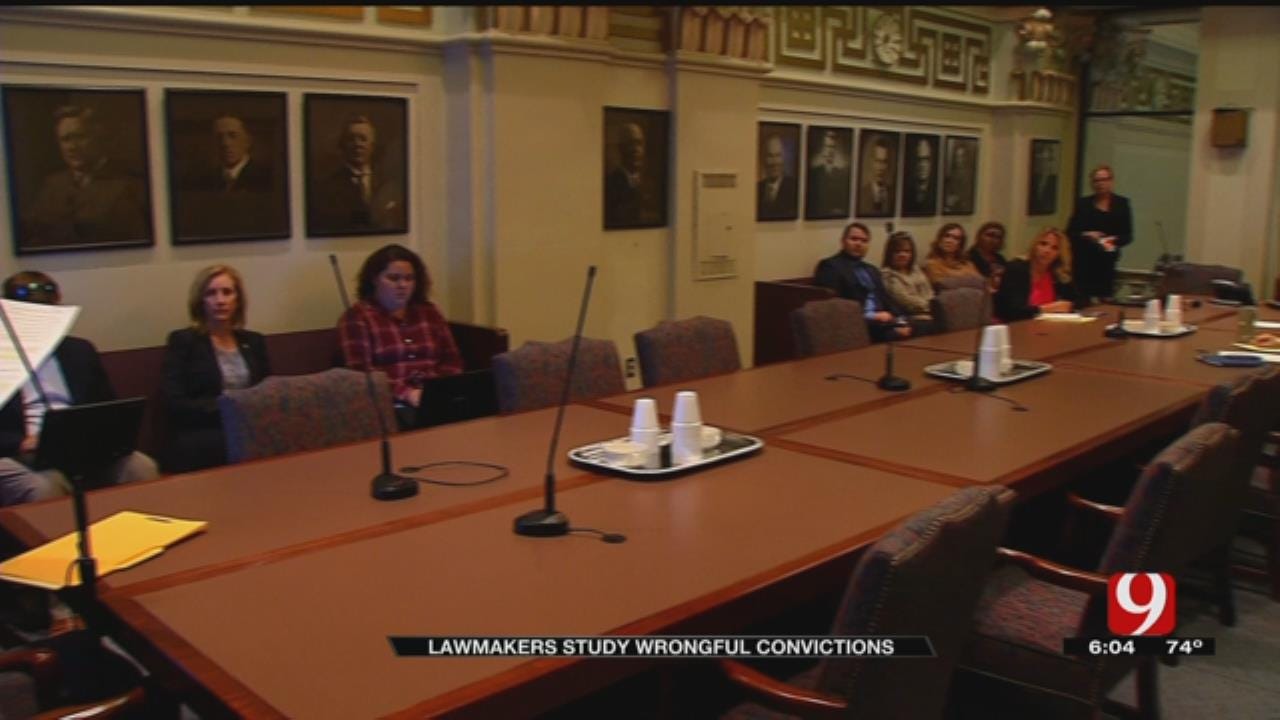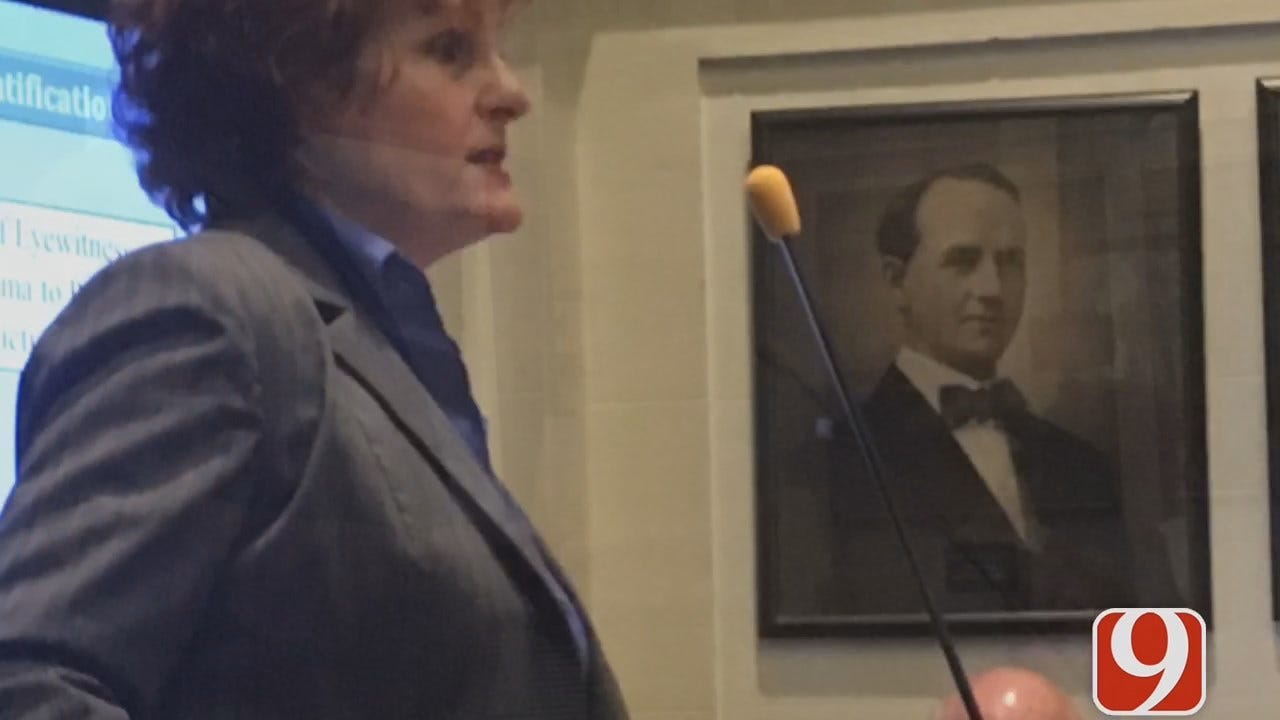Two Men, Wrongfully Accused, Testify About Witness Misidentification
<p>Together they spent nearly 30 years in jail after being wrongfully convicted. Monday, those two men testified at an interim study on witness misidentification in hopes of preventing the same thing from happening to others. </p>Monday, October 10th 2016, 3:39 pm
Together they spent nearly 30 years in jail after being wrongfully convicted. Monday, those two men testified at an interim study on witness misidentification in hopes of preventing the same thing from happening to others.
According to testimony, witness misidentification is the top contributor to wrongful convictions in Oklahoma.
Thomas Webb spent 14 years in prison for a crime he didn't commit after a witness picked him out in a photo lineup.
“The first thing in my mind was this is intentional, this is some sort of conspiracy,” said Webb on Monday.
Even though Webb was finally exonerated and released in 1996, he continued to believe that conspiracy theory until two years ago when that witness introduced herself to him.
“She’s been carrying this stuff too,” said Webb tearfully.
She was by his side Monday at an interim study where Webb shared his experience.
“This wasn’t intentional. This was someone who was really trying to get it right.”
According to testimony, roughly one third of Oklahoma's 32 wrongful conviction cases are the result of witness misidentification.
“We’re talking about truly innocent people. This isn’t about getting people off on technicalities,” said Sen. David Holt who called the study. “These are people who are actually innocent.”
The Oklahoma Innocence Project is asking all state law enforcement to implement a series of practices to help prevent witness misidentification. Ideally making sure the officer administering the lineup doesn't know the identity of the suspect.
Oklahoma City Police Chief Bill Citty also spoke at the hearing. He testified the best practices of the department include:
- Blind or blinded administration of lineups, meaning the officer conducting the lineup is unaware of the suspect’s identity.
- Instructions to the eyewitness that the perpetrator may or may not be present.
- Use of fillers, the non-suspects in the lineup, that generally match the eyewitness’s description of the perpetrator and do not make the suspect noticeably stand out.
- Eliciting statements of confidence from the eyewitness if an identification is made.
Those are they types practices Webb would like departments across the state to implement.
“Our procedures and laws should be protecting the innocent, making sure the guilty is the one that is punished not the innocent and this is one step forward toward that,” said Webb.
More Like This
October 10th, 2016
November 13th, 2024
October 28th, 2024
October 17th, 2024
Top Headlines
November 21st, 2024
November 21st, 2024
November 21st, 2024
November 21st, 2024











